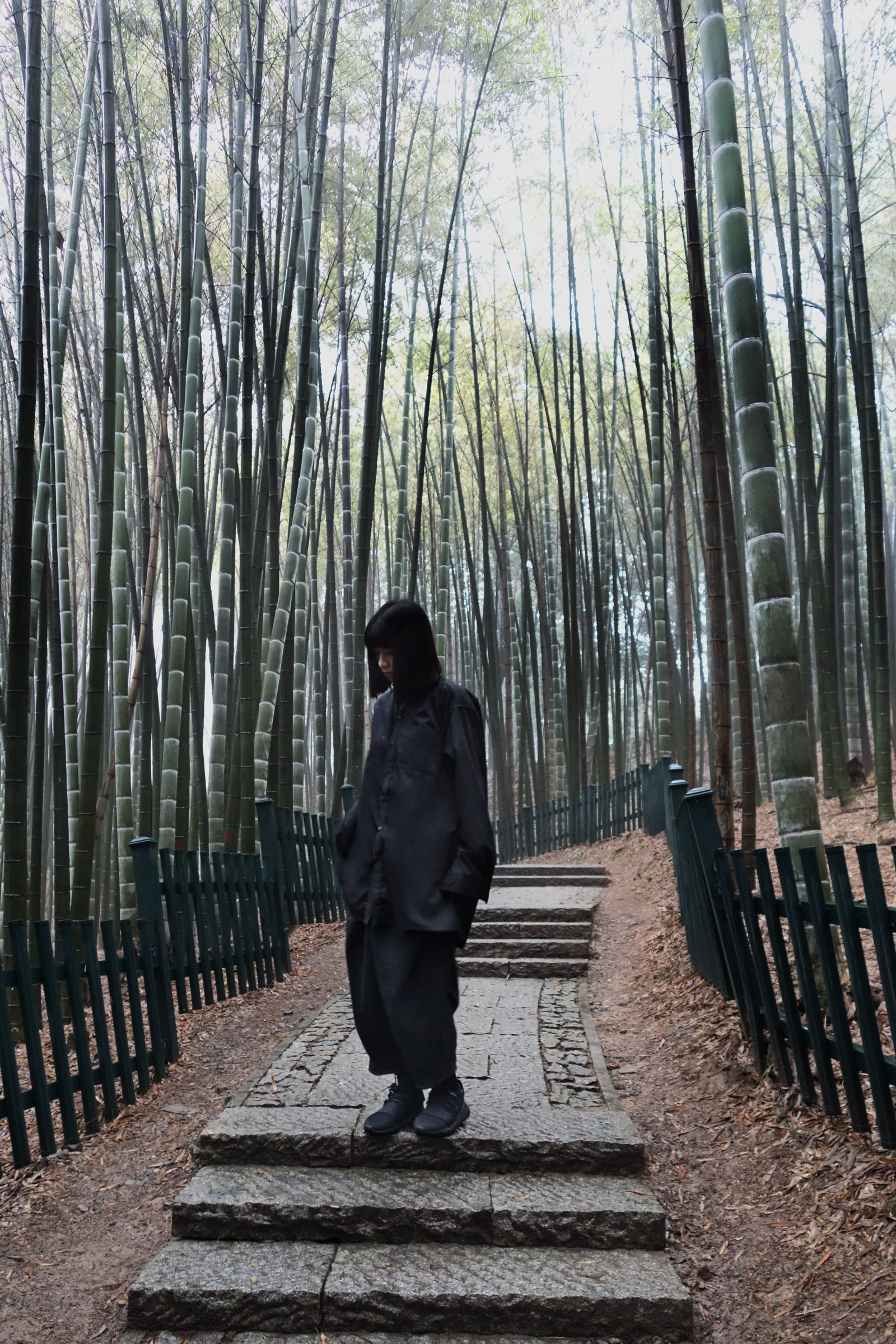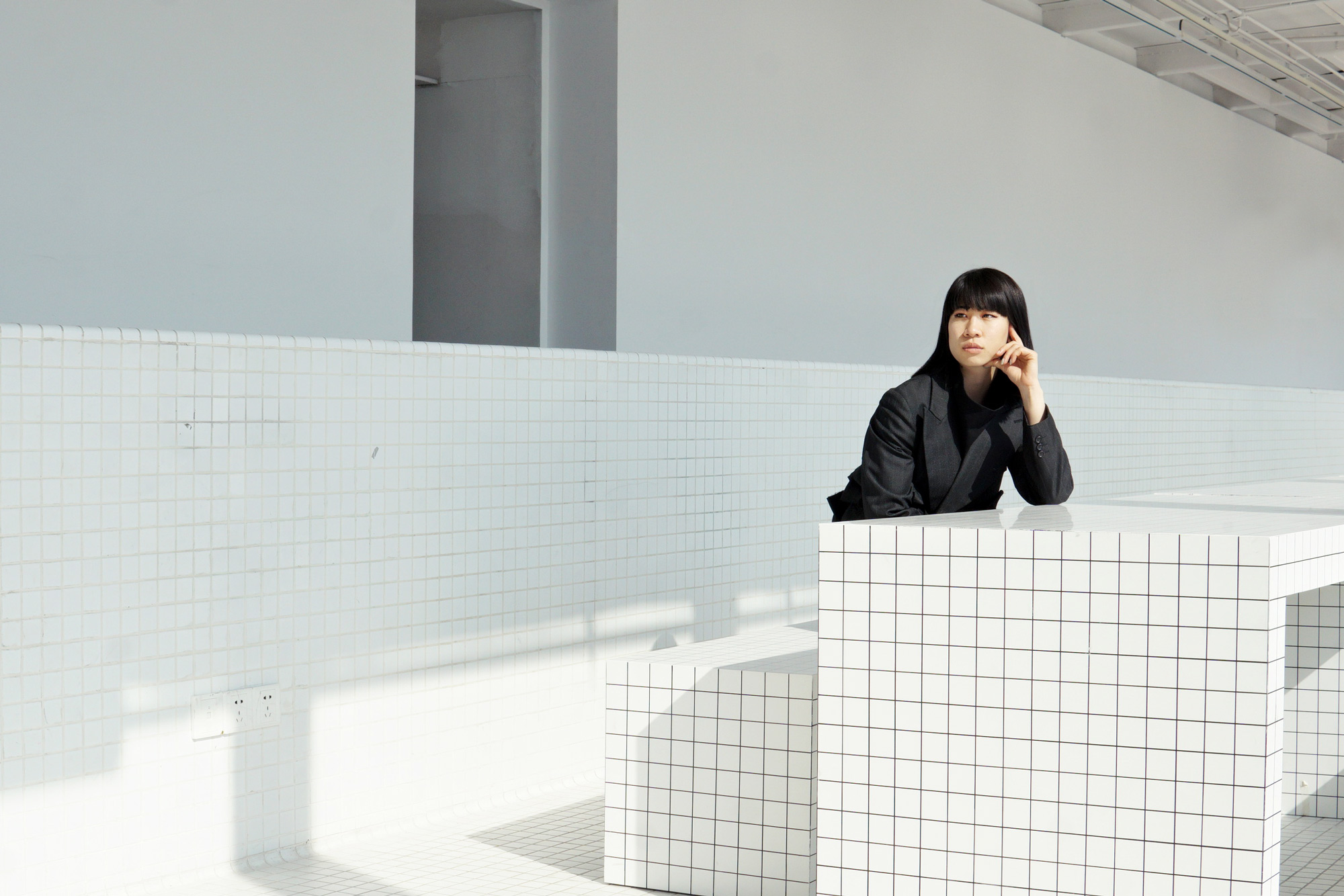Ah the classic trench coat. A ubiquitous garment with a rich history we now take for granted.
It was the start of the First World War and the British Army had a major fashion problem. Modern long-range weapons were invented recently which replaced close-range muskets and cannons. Previously, soldiers wore bright colours so commanders could identify their troops, think Napoleon jackets in vivid navy blue. This way they would also avoid being stabbed by their fellow soldiers who might have mistaken them for the other team. With the invention of long-range weapons, soldiers dug trenches and stayed in them most of the time. Once in a while they would go over to shoot a few enemies, then back to the trenches if needed. Bright colours made way for khaki and dust that allowed soldiers to blend into their environments. However, the squalid trench conditions – often wet and brimming with human waste and dead people not too far away – became the perfect breeding ground for bacteria and diseases which seeped into the lice-infested woollen great coats that the soldiers wore. The visiting officers found this to be very problematic as the coats impeded mobility, especially in wet conditions. In came the trench coat, inspired by the Macintosh but refurbished by Aquascutum and Burberry with waterproof fabric – the gore-tex of the day. To this day no historians have come to a proper conclusion with regards to the sole inventor. What was known for certain was that the typical waterproof cotton gabardine we now use in trench coats was developed by Burberry – a name now solely associated with the garment.
The officers soon adopted the waterproof double-breasted coat as a uniform staple. Every component of the jacket was dripping with practicality, from the deep pockets to the shoulder straps that allowed officers to show off their ranks. Even the small cape at the back – a feature I’m particularly fond off – has the purpose of letting water slough off the coat. Because it was shorter and lighter than great coats, they were well suited to deal with the difficulties of newly-modernised warfare that often required spending days in dirty trenches – hence why it became known as the trench coat. But ah, a foot soldier was not allowed the privilege to wear one of these garments. Instead they still had to make do with lice-infested great coats that soaked up water like a sponge. Trench coats were only reserved for officers, who incidentally also consisted of the upper classes of the English society. Until the day they realised that they too became easy targets for snipers who could identify them by their coats. Long story short, officers were gradually picked from the lower classes who now had no choice but to kit themselves in fancy gears like their upper class counterparts. Stores up and down the high streets of London pandered to these newly-minted military leaders by offering the sought after trench coat. It wasn’t long before civilians of all genders adopted the coat for themselves. Some did it to connect with their loved ones at the front, for many others it was fashionable to wear sombre, masculine clothing that reflected the harsh realities of war.
The popularity of trench coats didn’t die out with the end of the world wars. Thanks to its prevalence in Hollywood movies such as Casablanca, The Big Sleep and Blade Runner, it was cemented as a signifier of men about town and femme fatales. They have places to be and dangerous business to take care of. Over the years, its ubiquity provided a cloak of anonymity that sinks into the humdrum, the primary characteristic that gives the coat a permanent spot in Japanese sararimen wardrobes next to their dark suits. The collectivist nature of the Japanese workforce does not value the colourful crayon amidst a pack of monochromatic box. Much like the signifier of masculinity that is the suit, the coat shifted from a mark of world-weary, knowing personnels to meek docility in the face of giant bureaucracy.
Perhaps its also this anonymity that makes the trench coat a flasher’s favourite mode of concealment.

Friday night on Ninsei. He passed yakitori stands and massage parlors, a franchised coffee shop called Beautiful Girl, the electronic thunder of an arcade. He stepped out of the way to let a dark-suited sarariman by, spotting the Mitsubishi-Genentech logo tattooed across the back of the man’s right hand. Was it authentic?
Neuromancer, by William Gibson.








